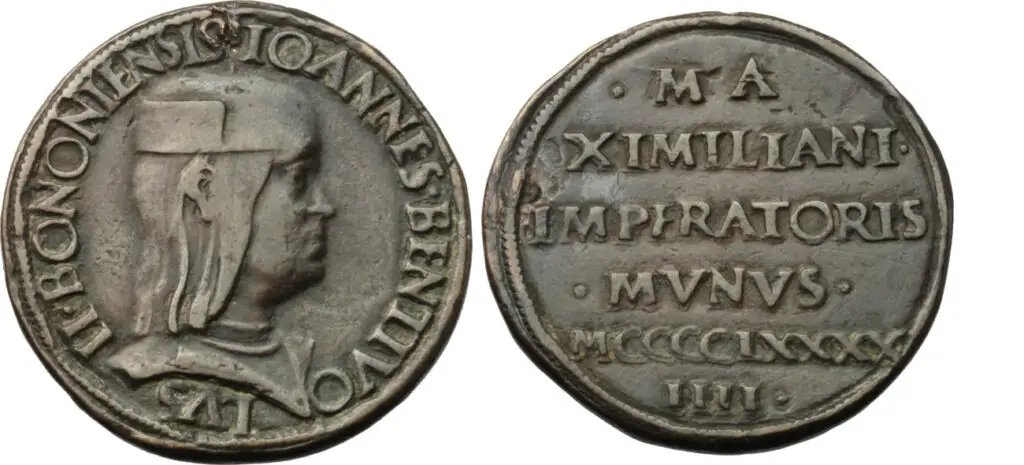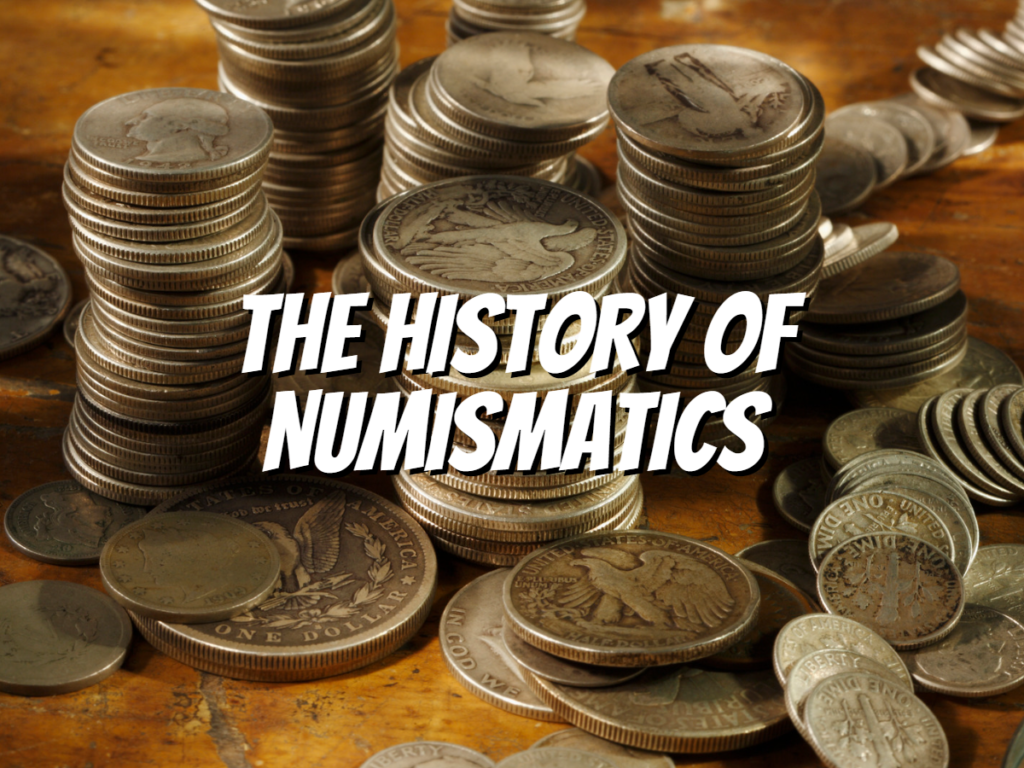One of the oldest hobbies is numismatics, which involves studying and collecting coins.
Some folks collect coins because of their beauty or excitement, while others are intrigued by their historical significance.
Have you ever considered numismatics as a hobby? It can be a really enjoyable and fulfilling pastime, regardless of your experience level!
The World of Numismatics:
The History of Numismatics

Money is what numismatics studies. So, we have coins, banknotes, and tokens made from precious metals or other materials.
People who study numismatics are called numismatists. In 1855, the term “numismatist” was coined by Gabriel Devic, a French scholar who dedicated many years to studying ancient coins.
As a member of France’s Société d’Archeologie, he was devoted to archaeology and history studies.
It’s interesting to note that the society opened up membership to women in 1869. So, in this sense, we can say that numismatics is related to archaeology.
Still, it’s different because numismatics deals with coins only, whereas archaeology deals with various other artifacts, such as pottery shards and broken tools.
Ladies and gentlemen, did you know that some museums showcase collections that merge different types of artifacts in one exhibit?
This allows visitors to explore their shared histories and how they relate to each other over time.
For instance, you can witness how Greek artisans borrowed ideas from Egyptian artists in the past and eventually created something uniquely their own today!
Early Coins

Did you know that the earliest coins were made of electrum? This is a naturally occurring alloy of gold and silver.
The Lydian kings used electrum to mint their first coins around 650 BCE. “Electrum” comes from the Greek term for amber, “elektron,” as this early type of currency had a similar appearance to the lustrous substance.
The Lydian kingdom, my friends, was situated in what we now know as Turkey.
And let me tell you, its king Alyattes was the one who issued the very first official coinage on the entire planet.
He did so to facilitate trade between his people and other kingdoms that didn’t have their currency yet. This way, everyone could be sure they were getting what they paid for!
The Renaissance in Numismatics

The Renaissance was a time of cultural transformation, economic expansion, and political turmoil.
During this time, numismatics experienced the same. In the 15th century, we witnessed remarkable discoveries in the field of science.
For instance, Vitellozzo Vitelli authored the first book on coin collecting in 1474.
It was only in the 16th century that numismatics gained prominence, thanks to the contributions of individuals such as Nicholas Antonio of Bologna, who authored “De monete veterum” in 1546, and Boccaccio, who wrote “Invectiva contra li calunniatori della moneta antica” in 1460.
Coin Collecting in the Middle Ages

During the Middle Ages, people from all walks of life engaged in coin collecting, not just the nobility and clergy.
Medieval coin hoards are typically stumbled upon by chance and frequently brought to light by hobbyist metal detectorists.
These coins, however, offer a valuable glimpse into the history of coin usage in Europe at that time.
The Victorian Era

The Victorian era is associated with Queen Victoria. She reigned from 1837 to 1901.
Significant changes in Britain also marked the time, as we became a global superpower and our citizens enjoyed an impressive standard of living.
What’s the connection between this and numismatics? During that period, the coins and banknotes used differed from what we use today.
There were no polymer notes or metal coins made of aluminum or titanium. Instead, we had paper banknotes printed on both sides, which we called “bills.”
We also had bronze coins made out of copper mixed with tin or zinc and silver coins made out of pure silver.
The Birth of Modern Numismatics

The term “numismatic” is derived from “numismatics,” which originates from the Latin word “numisma,” the title of a coin. Coins and medals are what Numismatics is all about.
Numismatics is considered to be a branch of archaeology as well. Collecting ancient coins doesn’t solely define numismatic studies.
Any collection of money exchanged in a market or trade system is also included. In 1763, Sir Hans Sloane published “A Description Of The Coins Of Great Britain And Ireland,” which marked the beginning of modern-day numismatics.
He based this book on his collection, which he compiled over many years to help him keep track of prices and other information regarding coins traded at auction houses throughout Europe during that period.
The Electrum Debate and the First Coin Hoards
The origin of the first coins has been debated for many years. We know that electrum coins were already in circulation in Lydia, a significant trading hub in the seventh century BCE, as per the ancient writings.
It is suggested that the same issues had circulated widely by 500 BCE, as the discovery of electrum coins in other parts of West Asia and Egypt indicates. Electrum is an alloy mainly consisting of silver, with smaller amounts of gold (the proportions may vary depending on the context) and some traces of copper.
People have used it since ancient times to make jewelry, mirrors, drinking goblets, and other items.
I would say that the Anatolian mines were the main source of extremely pure silver-gold alloys that were perfect for coinage. Electrum was a precious and scarce metal that became a symbol of wealth, just like gold is today!
However, unlike gold coins used as money – or, as we would say nowadays, “currency.” Electrum pieces were not meant for everyday circulation.
They served as ingots that could be broken up into smaller pieces when needed by merchants trading internationally between empires.
For example, the Assyrians or Babylonians had conquered large territories around Mesopotamia until they fell victim themselves during invasions by Persians under Cyrus II.
Cyrus II then ruled over most territories eastward into Central Asia through India before Alexander III succeeded him.
Twentieth Century Breakthroughs
- In 1857, they discovered the first coin hoard in Bulgaria. It had over 2,000 gold and silver coins from the 6th century BC.
- So, in Bulgaria back in 1903, they found this hoard of gold coins with over 5,000 pieces.
- In 1905, they stumbled upon a hoard of silver coins in Cyprus, which amounted to over 8,000 pieces.
- In the year 1906, there were two hoards found in Rome. The first hoard contained 1 million bronze coins, while the second had 4 million silver denarii.
- In 1908, there was a Greek bronze coin hoard on Corfu Island off Greece’s west coast. The coins date back to Alexander the Great’s reign from 336-323 BC.
Before you go…
So, ladies and gentlemen, that’s what we have for you! I hope this article has helped you answer your questions about the history of numismatics! Numismatics, my friends, is a fascinating field of study that has been around for thousands of years. Learning about history can be a great way to have fun!
Check out my next article: “Coin Collecting For Beginners: Everything You Need to Know!“
Related Articles:

